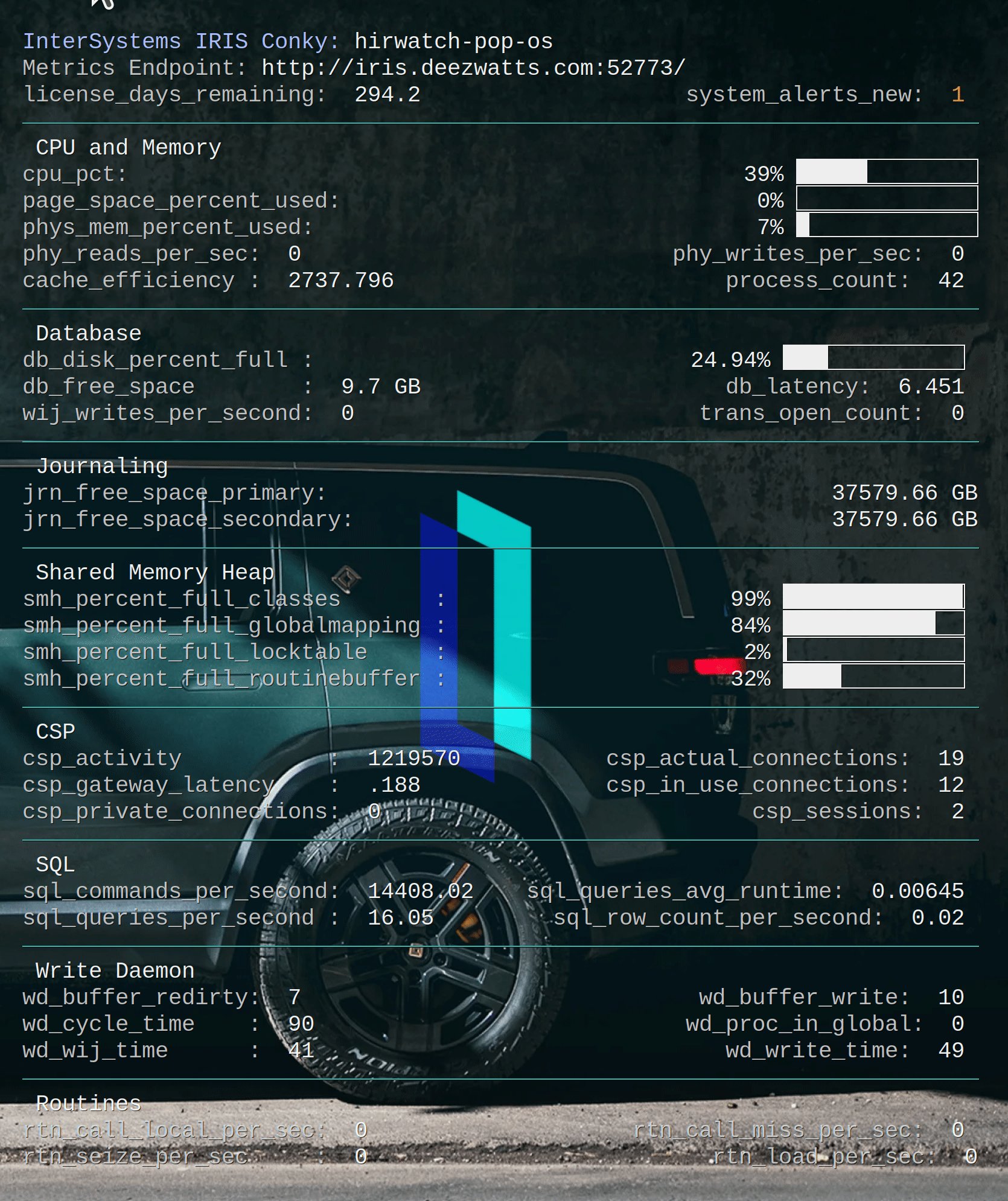Hello everyone,
I’m facing issues with replicating data from my Caché 2016 database to a PostgreSQL database. I need to handle around 300 data updates per minute, and whenever certain tables are modified, those changes must be reflected in other databases.
So far, I’ve tried various approaches, including:

.png)
.png)


.png)


